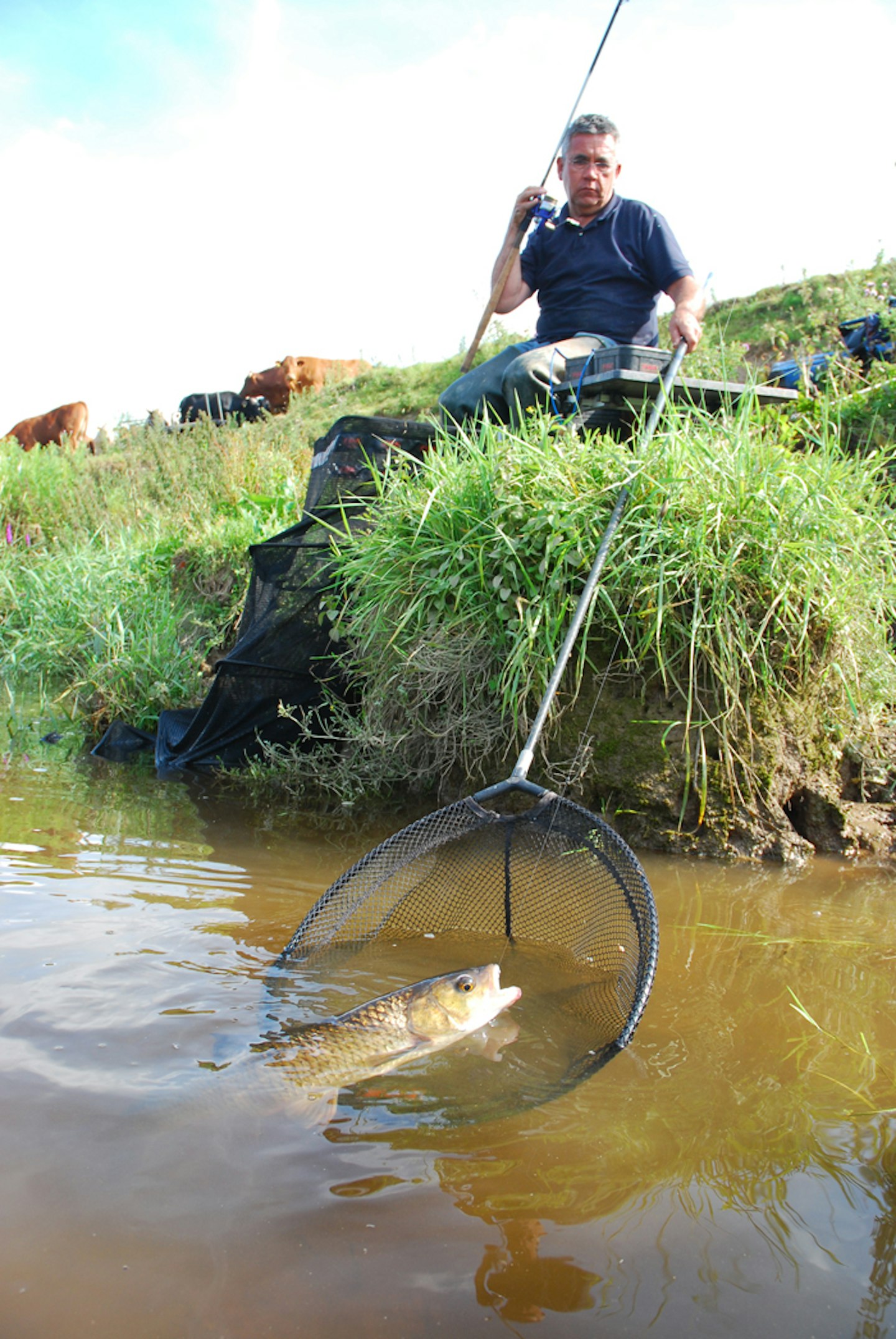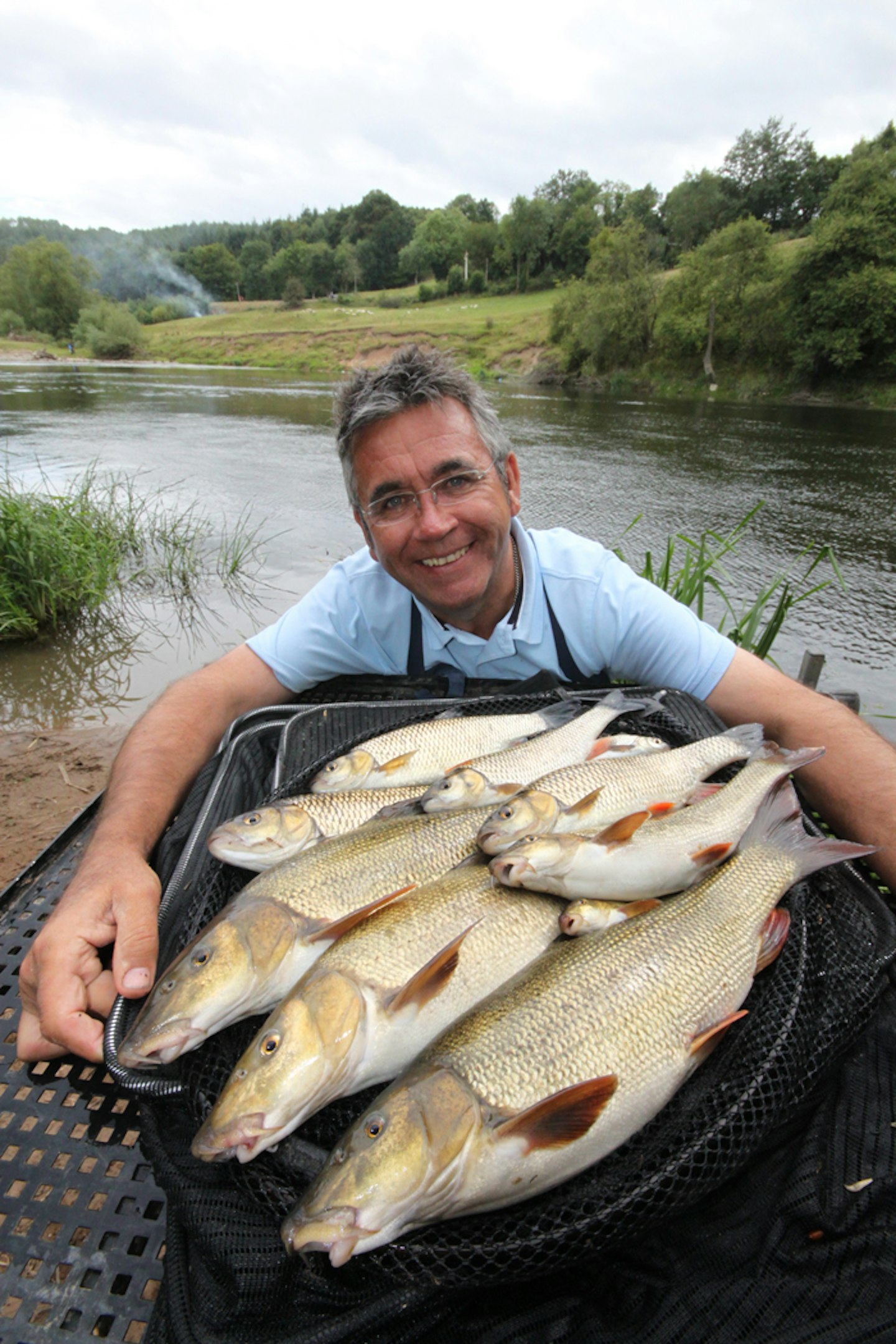Since I started doing my coaching days on the River Wye, it’s been an interesting exercise to compare notes from each session.
I pride myself on being able to improve anglers’ abilities, so it’s very important for me to analyse the sessions and ensure that everything is covered.
One subject that crops up virtually every time is rod selection. Many anglers seem to struggle and end up with a real mismatch of rods, more often than not from different companies, so this week I’m going to take you through what I think will cover all the situations you are likely to be faced with on moving water.
Related: Best fishing rods
NO INDUSTRY STANDARD
The biggest problem we have with general coarse/match rods is that there is no industry standard in terms of what the rod is designed to do. Sure, some give recommended line strengths but in truth a lot of these are either under or overstated.
Quite how this situation came about I’m not quite sure, as we do have industry standards with carp, fly and sea rods. To add to the confusion, we now have countless rods from many different companies carrying the word ‘power’ on them too. This word would seem to indicate that a rod is strong in action, but when you line a few of these power rods up side by side and give them a waggle you will soon realise that in some cases the word was added in order to try and make the rod sell better.
Next time you are in a big tackle shop check them out for yourself and you’ll see what I mean.
WHAT’S REQUIRED?
The most important question you need to ask yourself when buying a new rod is: ‘What do I want this rod to do?’ The things you need to consider are depth of water, speed of flow and target species. Allied to this you need to make sure that the rod is well matched to the lines and hooks that you are going to need to cope with the first three considerations.
I tend to put all my float and feeder rods into line and hook categories, so if I’m faced with a situation where I need small hooks and light lines I’ll use a light action rod suited to mainlines of 2lb to 3lb and hooklengths from 0.08mm to 0.10mm.
I then progress to rods that are suitable for 4lb to 5lb mainlines and hooklengths from 0.12mm up to 0.18mm. These are my general purpose all-rounders, the ones I tend to use for 75 per cent of my river fishing.
Moving up further, I have rods suited to floatfishing with 6lb to 8lb mainlines and hooklengths from 0.20mm to 0.25mm.
Finally, for the real heavy-duty work and big fish in strong currents, I use rods which are balanced to 10lb and 12lb mainlines and hooklengths up 0.30mm.
Another consideration is, how much weight do you want this rod to cast? For instance, I use the Daiwa Connoisseur 1113P, a rod which has been around for years in different guises for casting feeders up to 6oz.

UNDER PRESSURE
If you’re in the market for a new rod but are not sure what to buy you need to take your time and identify exactly what you want. Follow my guide on matching rods to lines and hooks for starters. Then, if you want to take things a step further, go along to your local tackle dealer and ask if you can try some of the rods out with a reel and line. Most modern day carbon fibre rods feel nice and light, but it’s the right action and strength you are looking for and rods can feel a whole lot different when there is line running through the rings and pressure on the blank.
MATCH THEM UP
I like to keep things as simple as possible, and this starts by matching up rods. It might well be that I’m on a rover that requires a variety of different floats but if I’m essentially fishing for the same species with each one, it’s important to keep the rods and reels matched. That way, each time you pick up a different rig you will know exactly how the rods work and can fish the same way with each in terms of casting and playing fish. You will also get to learn exactly much pressure you can apply without lines breaking.
BEST BRANDS?
I’m a massive fan of Daiwa rods. The actions of each model are perfect for the sort of fishing that I do and they’re incredibly reliable in that they never seem to break. I can honestly say that I have never had one let me down.
I’m also very impressed with Drennan rods, especially the lighter action models, which are perfect for use with fine line and thin wire hooks.
For value you’d be hard pushed to beat the Shakespeare Mach 3 range.
This extensive collection is well worth checking out if the top-end Daiwa and Drennan rods are beyond your budget.
MY ROD CHOICES
FLOAT RODS
- Light floatfishing with lines from 8oz to 2lb: 14ft Drennan Ultralight
- General floatfishing with lines from 2lb to 3lb: 13ft, 14ft and 13/15ft Daiwa Tournament Pro
- Strong floatfishing with lines from 4lb to 5lb: 13ft Daiwa Connoisseur 13P
- Extra-strong floatfishing with lines from 6lb to 8lb: 14ft Daiwa Connoisseur 14XP
BOLO RODS
- 6m Daiwa Tournament VIP
FEEDER RODS
- General all-round work with glass tips and lines from 3lb to 5lb: 12/13 Daiwa Spectron M2. I use this at either 12ft or 13ft, depending on distance
- Strong feeder fishing with heavy feeders up to 6oz and lines from 6lb to 12lb: 13ft Daiwa Connoisseur 13P

.jpg?ar=16%3A9&fit=crop&crop=top&auto=format&w=1440&q=80)